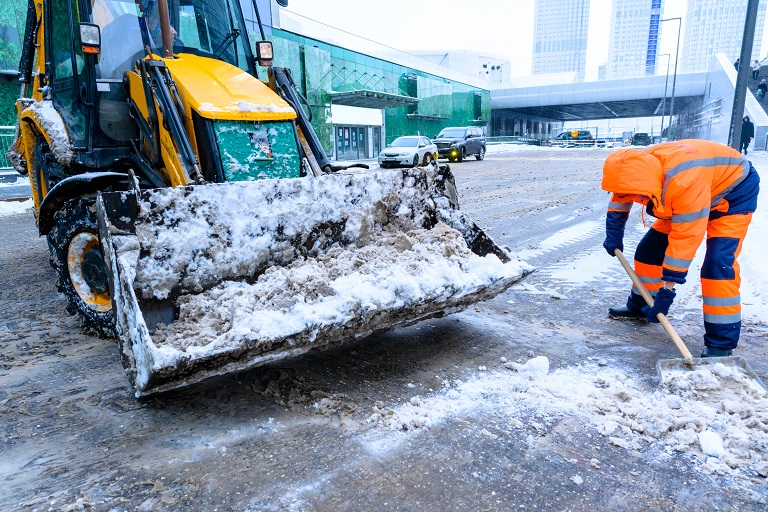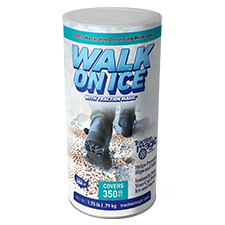Your Complete Concrete Driveway Installation Checklist

Concrete is a popular surface choice for driveways and walkways. It’s durable, low-maintenance and easy to install yourself with the right tools and materials. But there are some things you’ll need to consider before starting your project. In this guide, we’ll cover everything from choosing the right concrete mixture and preparing your site to actually pouring the concrete itself to using the best type of ice melt for concrete!
Decide on a paving, brick, or concrete driveway.
If you’re looking for a driveway that will last for decades, concrete is the way to go. It’s durable and resistant to cracks, chips, and other forms of damage. However, installing concrete is more expensive than paving or brick because it requires more time and expertise to do so correctly.
Consider the best time of year to pour concrete.
If you’re building a new driveway, timing is everything. When you pour concrete depends on the temperature and weather of your region.
If you live in a temperate climate that experiences cold winters and hot summers, it’s best to pour concrete when the air temperature is between 50°F and 75°F (10°C-24°C). This will prevent cracking due to freezing temperatures or moisture in soil below the surface of your driveway.
If you live in an area with freezing winters (below 32°F [-0.6°C]), wait until springtime so that it can acclimate slowly without being exposed to sudden freeze/thaw cycle (which could cause cracks in its surface). Then seal it with an anti-freeze product so bacteria won’t grow on top of it during hot summer months when people are walking around barefoot!

Use durable material
The concrete sealer, driveway, and surface should all be resistant to various elements. For example, if you live in an area with harsh winters, it’s important to ensure that the concrete is resistant to freeze/thaw damage. Some surfaces will crack or chip more easily than others due to their composition and type of curing process used on them.
Protect your driveway
Additionally, ensure that you keep away from salt and other chemicals that may be harmful over time. Use a chemical-free ice melt. The reason Safe Thaw is considered the best type of ice melt for concrete is that it’s free from chemicals and is toxic-free. It’s a urea-based solution that won’t damage the pavers and won’t harm plants around your patio.
100% salt & chloride-free, fast acting Ice Management Solution
The sealer you use will protect the driveway from water damage, mold growth, and UV rays. It also helps prevent oil stains. You should apply a sealer once every two years to keep your concrete looking its best.
The best time to remove snow or ice from your driveway is before it freezes; this will help prevent damage to the surface of your driveway. If there’s no other option but removing snow or ice after it has frozen on top of your concrete, use an ice-melting product that doesn’t contain chemicals like salts or sodium chloride (table salt). This is the best way to melt ice on concrete. Chemicals are harmful for humans and plants if they get tracked onto grassy areas by people walking across them after coming inside from being outside for too long in freezing temperatures with bare feet/shoes.
Try Also Our Other Winter Safety Products:
Safe Paw
The Original and #1 Selling Pet and Child Safe Ice Melt for over 20 years. Guaranteed environmentally safe –It won’t harm animals or children, and it won’t damage your property. That’s Safe Paw. Safe Paw can change how winter affects our planet.

Walk On Ice
The handy disposable canister can be taken everywhere, with the same 100% naturally occurring minerals that provide instant traction on ice or snow. Use it on sidewalks, steps, or as an instant traction agent for your car.


